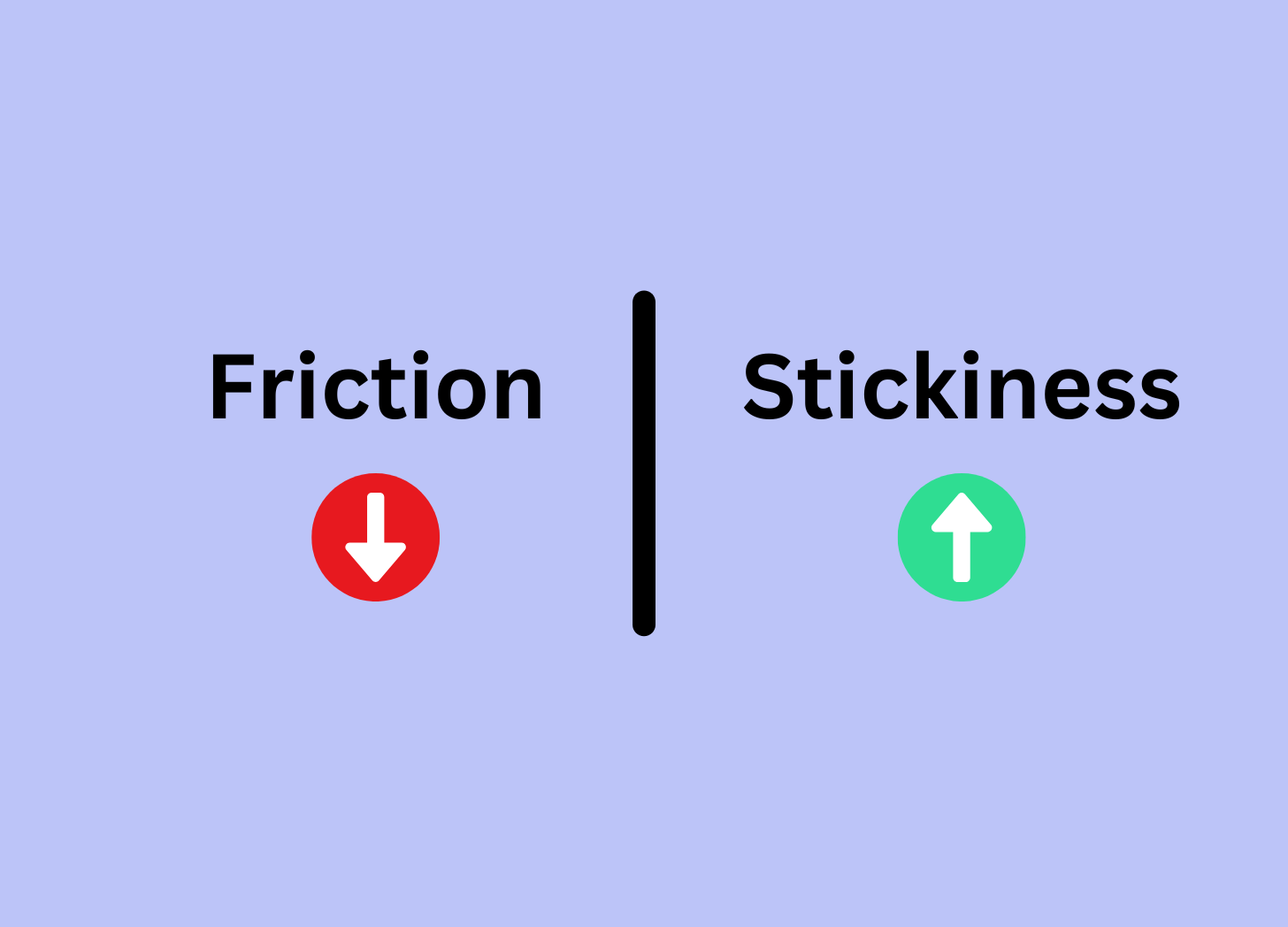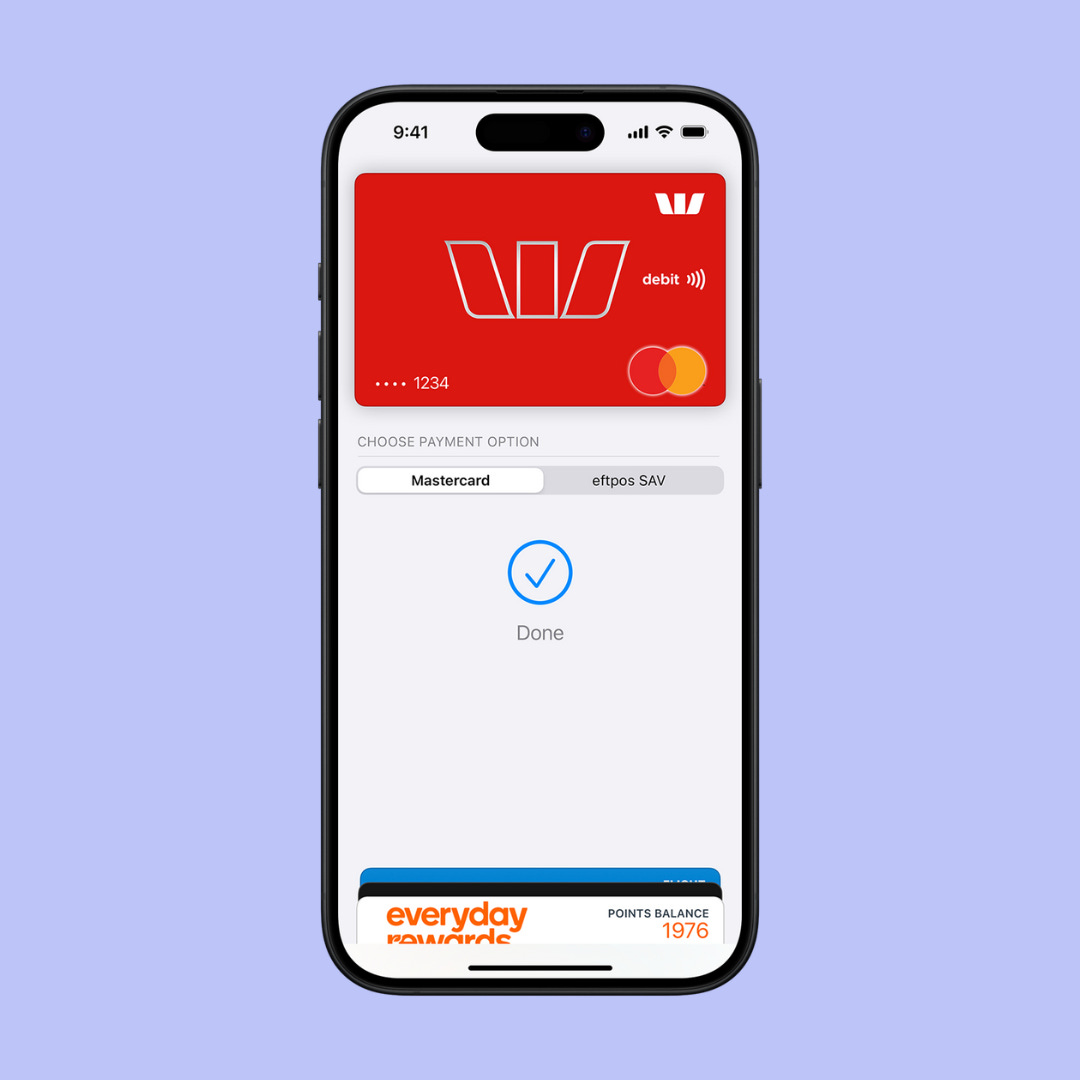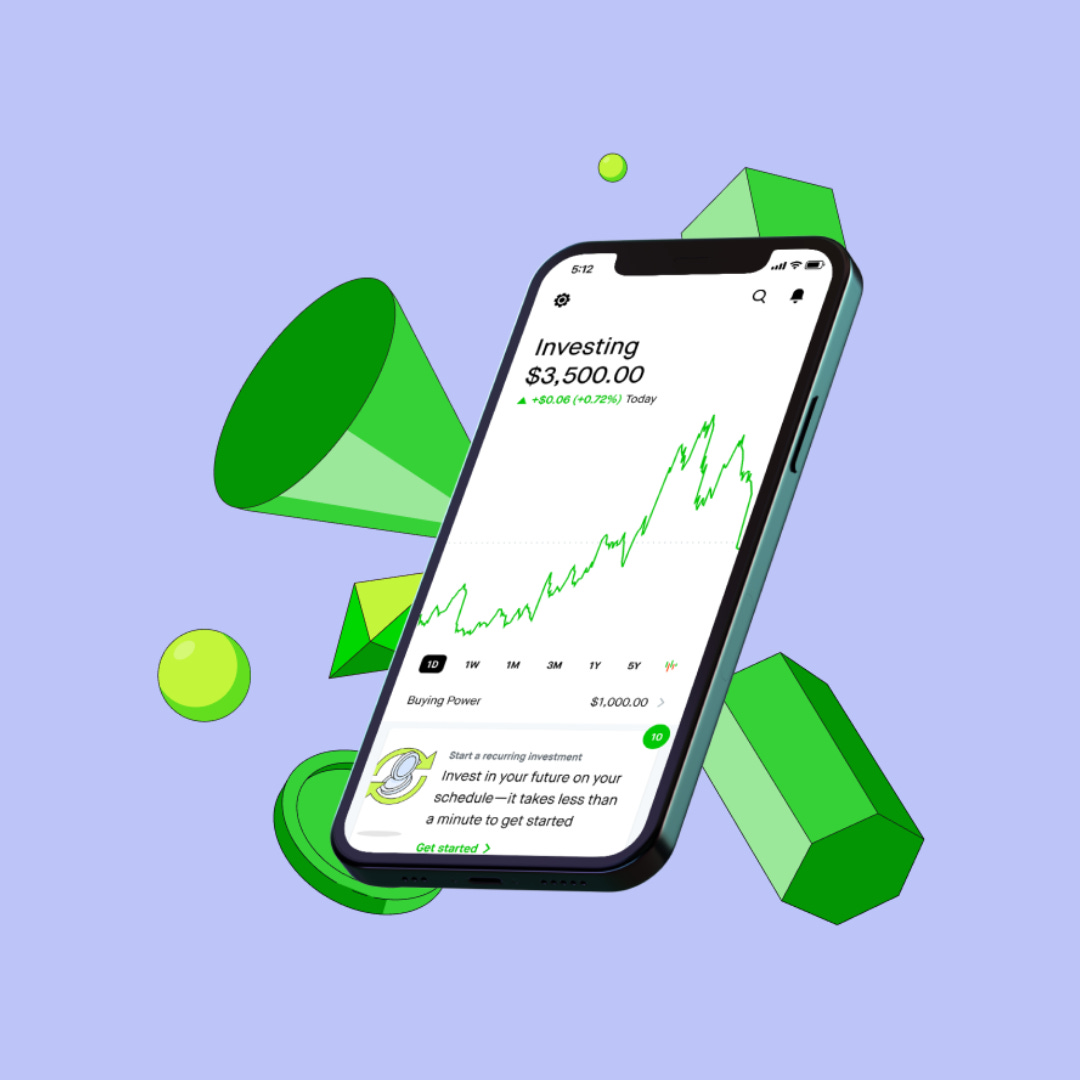Product Stickiness-Friction Correlation Theory
The less friction your product has, the more sticky it becomes
One of my goals with writing this newsletter is to introduce my own concepts, theories, and ideas. So I present to you the Product Stickiness-Friction Correlation Theory!
The Product Stickiness-Friction Correlation Theory posits that decreasing friction for users increases your product's stickiness.
Real world examples
The best way to support my theory is to showcase real world examples where technology companies have decreased friction for their users and thereby increased their product's stickiness.
In this article, I’ll walk through 6 examples:
TikTok
Apple Pay
Amazon
Zoom
Robinhood
Substack
TikTok - decreasing the friction to binge videos
Prior to TikTok, YouTube dominated the video-watching landscape, but there was friction when it came to binge watching videos. While YouTube did introduce features that increased product stickiness, such as What to Watch Next Module and Auto-play, the friction still remained. Additionally, videos were served from subscribed channels, leading to a potential shortage of new content.
TikTok took the radical approach of offering an endless stream of videos, optimised through machine learning to maximise watch time. All users had to do was either:
A) continue watching the video or
B) swipe up for the next one
This eliminated any friction to binge watch videos and ensured users were glued to their app. I would guess that TikTok has the highest product stickiness of any app in market right now. It’s been reported that:
“TikTok users are spending nearly 24 hours—almost an entire day—on the app each month”
I'm planning a detailed article exploring how TikTok exemplifies the Product Stickiness-Friction Correlation Theory, so stay tuned by subscribing!
Apple Pay - decreasing the friction of paying with a physical card
I still vividly remember the excitement in the Apple Sydney office when Apple Pay was launched in 2015. No more fumbling around your wallet to find your credit card and then entering your PIN or scribbling your signature. With Apple Pay, all you have to do was hold your iPhone near the payment terminal and authenticate with Touch ID.
Fast forward to now, Apple Pay is now estimated to have 640 million users globablly and is the #1 most popular digital wallet with a 92% market share. It’s clear that Apple Pay removed the friction of paying with your physical card and created a very sticky product.
Amazon - decreasing friction of the checkout
The checkout process on eCommerce stores used to involve multiple steps, leading to frequent shopping cart abandonment. Amazon’s 1-click checkout instantly eliminated this friction, transforming the process from a hassle to a joy, and undoubtedly created an addictive, positive reinforcement loop for shoppers.
The impact and brilliance of Amazon’s 1 click checkout has been well documented. When the patent expired in 2017, we saw an influx of companies incorporating this feature into their own platforms, such as Shopify and Stripe.
Zoom - decreasing the friction of video conferencing
Before Zoom, most video conferencing platforms were clunky and unreliable. I still remember the struggles of using BlueJeans and Cisco Webex at work — calls would drop out, the video quality was poor, and there would always be issues.
In fact, Zoom founder Eric Yuan has stated that the impetus behind creating Zoom was his frustration while working at Cisco Webex. Listen/read his interview with Ben Thompson for the full story.
By prioritising reliability and usability, Zoom was able to reducing the friction of video conferencing, and subsequently become the dominant player.
Robinhood - decreasing the friction of trading
Online trading platforms were typically complicated, daunting, and frankly quite ugly. Along came Robinhood, with it’s sleek intuitive mobile app complete with eye catching green motifs. The friction for novice traders was eliminated and helped Robinhood gain 10.9 million monthly active users in 2023.
Substack - decreasing the friction to create newsletter
Before Substack, creating a newsletter required using separate tools such as:
An email platform like Mailchimp
A website provider like Wordpress
And for paid subscriptions, a service like Memberful
Substack integrates all of these functions into one platform, greatly reducing friction for anyone who wants to start a newsletter.
Closing thoughts
I would love to hear your take on The Product Stickiness-Friction Correlation Theory. Do you agree or disagree? Is the name too unwieldy?
Things that caught my attention
Boomer Apple - Stratechery by Ben Thompson
A Plan Is Not a Strategy (video) - Harvard Business Review
Who is Moo Deng? The viral pygmy baby hippo who's amassed a legion of fans across social media - ABC news Australia
Huawei’s new trifold phone costs more than a 16-inch MacBook Pro - The Verge












Interested to hear your theory on how this interacts with addictive feedback cycles, particularly Tiktok
Love this! One interesting exception to explore is gaming (and any adjacencies). It's one of those examples where you're looking for an optimal *amount* of friction vs fully minimizing it: if there's 0 friction to finish the game, you've got no stickiness!